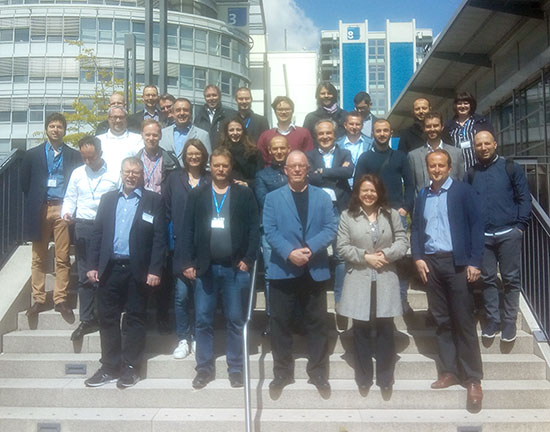Encryption and its role in criminal investigation
A recently published report – jointly produced and released by Europol and Eurojust – offers an update on a relevant and interesting subject for all SIMARGL stakeholders, a project in which CUING participates. The second report of the Observatory Function on Encryption is aimed at law enforcement, judiciaries and policy makers as a reference source on the latest technical and legislative developments around encryption.
This paper builds on the objectives of the first report, released in Jan 2019, to provide an overview of the state of play on encryption from the perspective of the law enforcement and judicial communities. The current environment in which criminals are able to exploit encryption and other security vulnerabilities remains challenging for the judicial and law enforcement authorities of EU Member States, the report authors emphasise.




